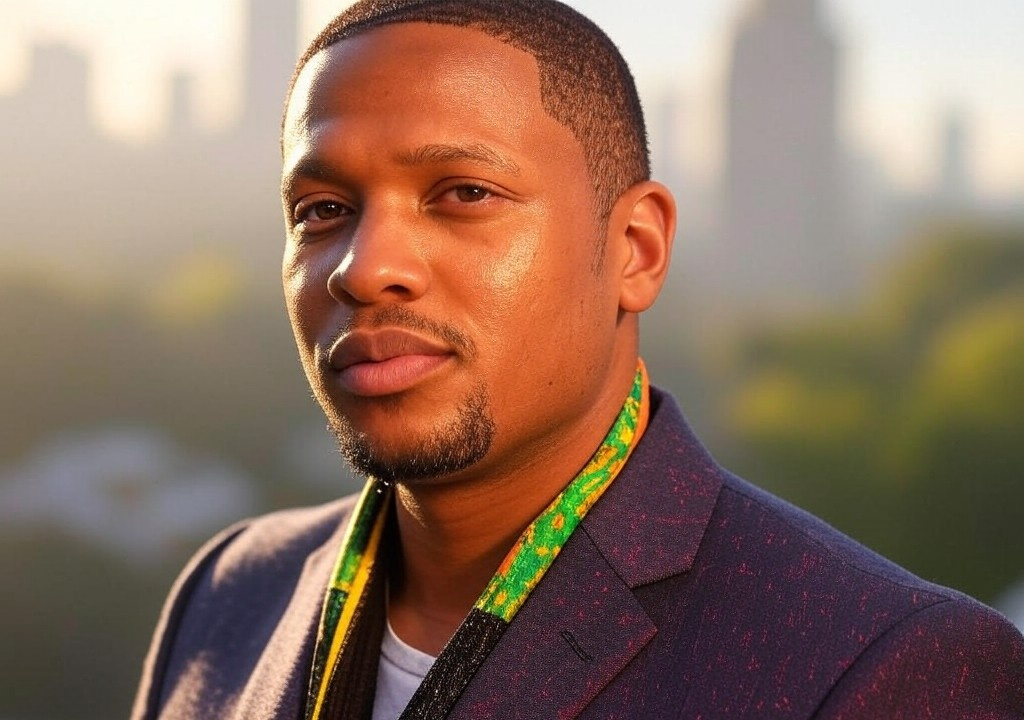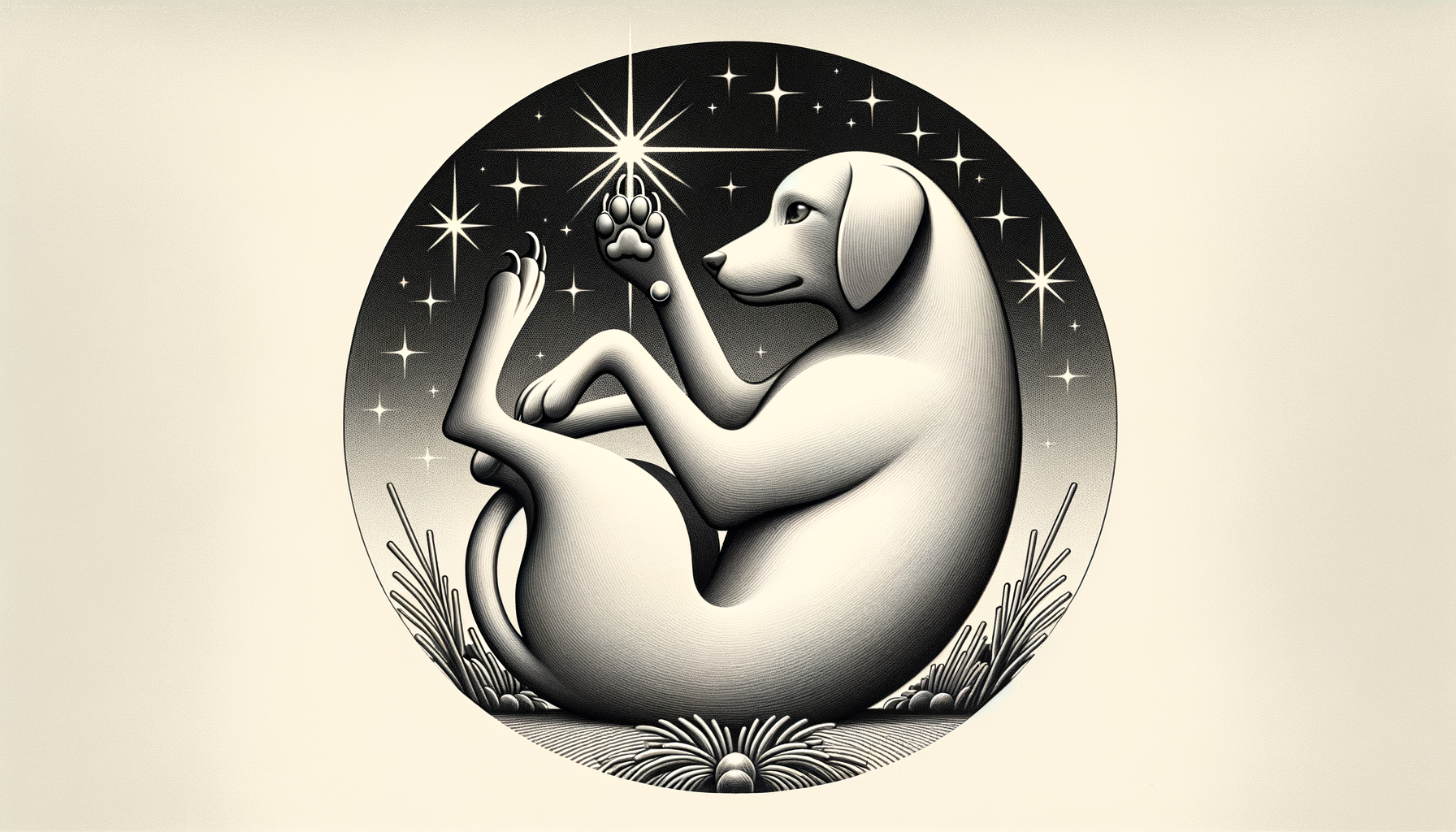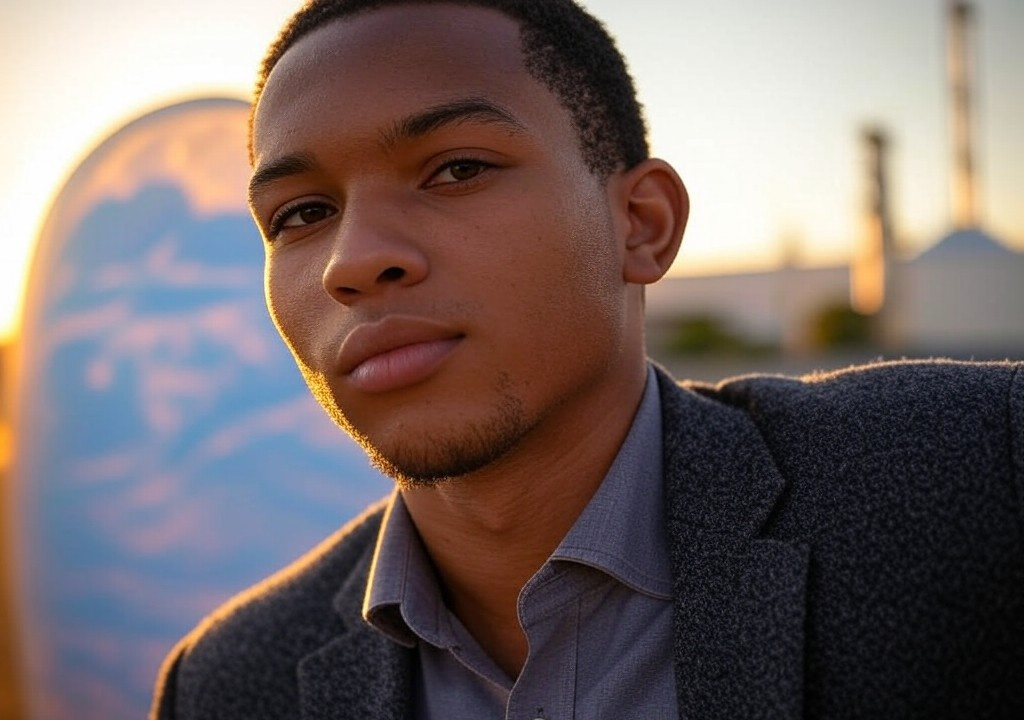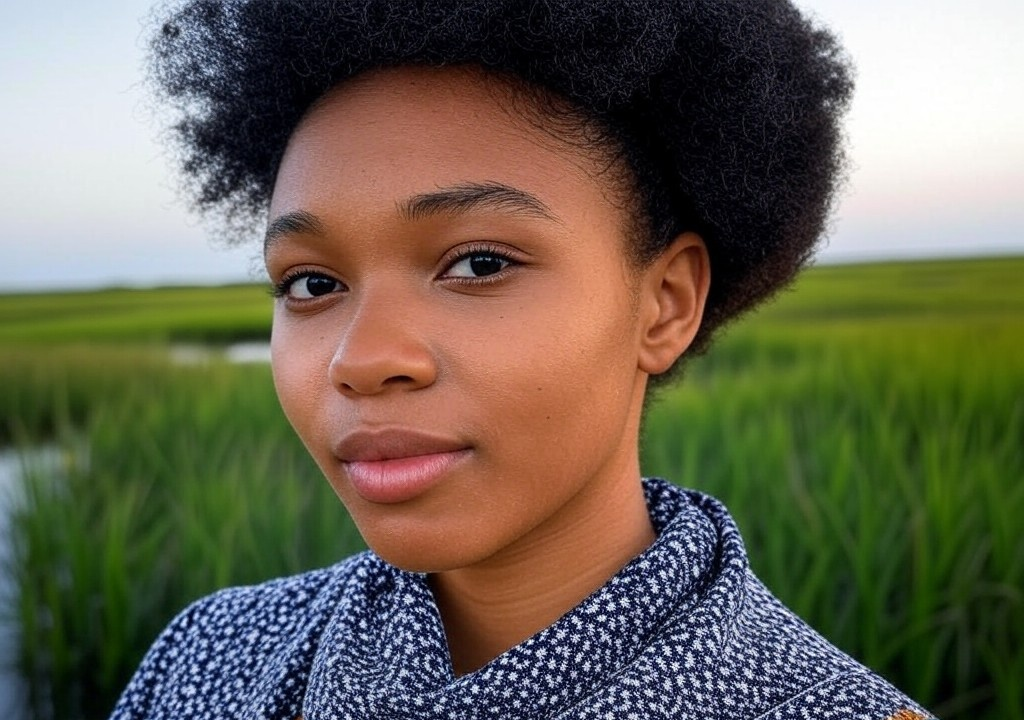As I stood at the podium, gripping my diploma with one hand and fighting back tears with the other, I thought back to a humid summer afternoon in D.C. It was one of those days when the air felt heavy with potential—or maybe just sweat. I was sixteen, shooting hoops at the neighborhood rec center, more concerned with perfecting my crossover than figuring out what came next in life. That’s when Mr. Leroy stepped in. If you close your eyes, you can probably picture him: the neighborhood OG who always wore a sharp brimmed hat, spoke with wisdom that felt dipped in molasses, and seemed to know everyone’s business—but only because he cared.
“You ever thought about Georgetown?” he asked, sliding into the cracked bleachers with the swagger of someone who knew exactly how powerful the question was.
“Georgetown?” I sputtered, dribbling the ball awkwardly. “Like… the university?”
He leaned back like I’d just told him fried chicken didn’t taste good. “Yes, the university. You got it in you. But do you see it?”
Let me tell you: at that moment, I didn’t. My world felt as big as the few blocks I called home. But Mr. Leroy? He saw something I didn’t. And that, my friends, is a game-changer—whether it’s someone who believes in your career dreams, your choice to invest in yourself, or even your shot at love.
Let’s talk about what it truly means to be seen for your potential and how it can shift your trajectory, whether in life, relationships, or that fine line between the two.
The Power of Being Seen
Here’s the thing: being seen isn’t just about someone looking at you—it’s about someone truly recognizing you. It’s Jerry Maguire shouting, “You complete me,” but way less cheesy. It’s being understood for your worth, not just your skills or surface-level charm.
For me, Mr. Leroy was that person at a crucial time. He didn’t hand me a road map or sugarcoat the work ahead. What he did do was hold up a mirror to show me I already had the tools; I just needed to wield them. His belief lit a spark—the kind of spark that keeps you up at night googling “Georgetown scholarships” and makes you dare to dream bigger.
In relationships, this kind of recognition is no different. The person who sees you—the real you—isn’t always the loudest cheerleader. Sometimes, they’re the quiet nudge to make an uncomfortable move: to apply for the job you think you’re underqualified for, to forgive yourself for past mistakes, or to finally have that honest conversation you’ve been avoiding. They don’t save you, but they see what’s worth saving—and remind you to put in the work.
Breaking Down Barriers (Both Real and Imagined)
Here’s the plot twist: being seen, for all its magic, is downright terrifying. As Mr. Leroy called out my potential that day, my brain fired back a list of reasons why he was wrong. Georgetown? Too expensive. Too white. Too far from D.C. (it’s not, but my sixteen-year-old self thought crossing the Key Bridge was basically emigrating).
The same thing happens in relationships. When someone looks past your armor, your immediate instinct might be to push them away. What if they don’t like what’s underneath? Or worse, What if I don’t?
To shift your trajectory, you’ve got to first confront the barriers you’ve internalized. Try this exercise—it works whether you're aiming to level up your career, your relationships, or just your own self-perception:
- Identify the stories you tell yourself. “I’m not good enough.” “I don’t deserve this.” “What’s the point; they won’t care anyway.” These are narratives we cling to because they feel safer than rejection or failure.
- Replace them with evidence. Make a list of all the times you’ve succeeded—or even just survived. The night you crushed that presentation after zero sleep. The friend who called you the glue of your group. The way your grandma said you move like your late grandfather, who could charm an entire room.
- Say yes to being vulnerable. Someone seeing you and still choosing you—whether a mentor, friend, or partner—is the ultimate affirmation. Yes, it’s scary. Yes, it’s worth it.
Lessons from Mr. Leroy (and Why We All Need a Mr. Leroy)
Not everyone gets a Mr. Leroy, but if you’re lucky, you’ll meet someone who brings a little of his spirit into your life. Here’s what I learned from him about truly seeing someone:
-
It starts with intention. Mr. Leroy didn’t swoop in and prescribe success; he met me where I was (literally, the basketball court). Whether someone’s trying to encourage you or you’re trying to do the same for them, the key is understanding their starting point.
-
Lift as you climb. Mr. Leroy’s magic wasn’t just in spotting potential but in paying it forward. He’d worked his way up as a mechanic but spent his weekends helping kids in our neighborhood because he knew success means little if you don’t share it. In relationships, the same rings true. Uplifting someone doesn’t mean fixing their problems—it means holding space for their growth.
-
Recognize the long game. Seeing someone’s potential isn’t about instant gratification. Mr. Leroy couldn’t know what I’d do with his belief; he just planted the seed. In love, as in life, it’s about playing the long game—investing in people because they’re worth it, not because you think there’s a milestone waiting in six months.
So, What’s the Takeaway?
Fast forward a few years from that summer day, and there I was, sitting in a cramped study lounge at Georgetown, chipping away at a Political Science degree. It wasn’t easy. There were nights I wanted to give up—or worse, moments of imposter syndrome when I thought graduation was a long and painfully public joke at my expense. But every time I thought about quitting, I'd hear Mr. Leroy’s voice: “Do you see it?”
Being seen is about more than recognition. It’s about taking that recognition and running with it—tripping, recovering, and running again. Whether you find that person in a mentor, friend, or partner, the real work starts with allowing yourself to be seen and believing there’s something worth seeing.
And if you’re lucky enough to be someone’s Mr. Leroy, lean in. Whisper that belief into them. Show them their potential—even if it’s scary, even if they might fall short. Because when someone ends up breaking barriers they once thought unbreakable, they're not the only one who wins.
So here’s the question I’ll leave you with: who’s the person that saw you? And who are you seeing today? Maybe it’s time you let them know. Send the text, give the head nod, or better yet, grab some bleacher space and let them know: “You’ve got this in you. Do you see it?”



















